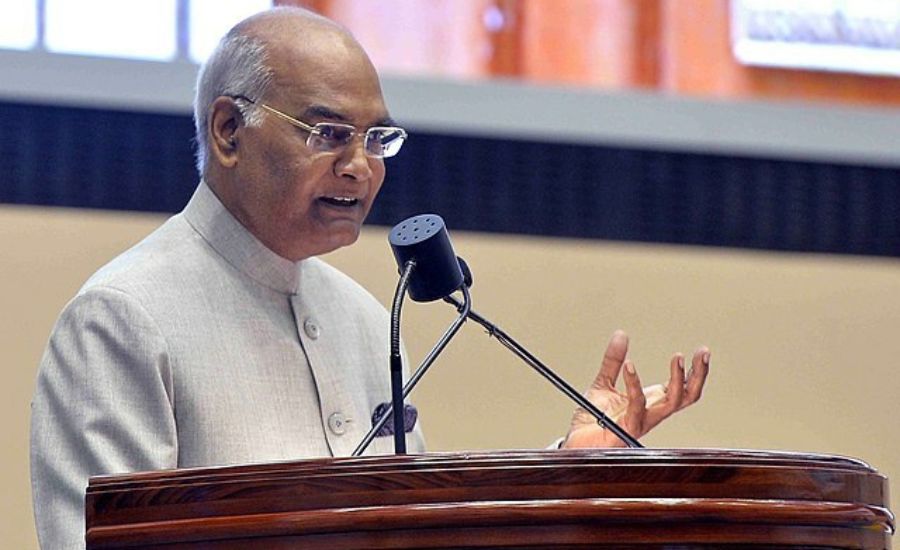
As the tenure of President Ram Nath Kovind comes to an end, political parties are scrambling to decide who would be the 16th President of the Indian Republic. The BJP – led National Democratic Alliance has finalised Draupadi Murmu as its candidate, while Yashwant Sinha has been chosen as the joint opposition’s candidate. The Constitution of India mandates (Article 54) that the President must be elected through an electoral college comprising Members of Parliament and the State legislative assemblies. This is what is called an ‘indirect’ election. The people do not directly elect the President—our MPs and MLAs, who we have elected, choose the President.
Considering the NDA’s dominance at the Union and State legislatures, everyone expects that its choice will win. This has not deterred opposition parties like the Congress Party who are expected to advance their candidate as well. Political parties are buzzing with activity.
The centrality of political parties in the selection of the President is something that Constituent Assembly member K.T. Shah wanted to avoid. Speaking in the Constituent Assembly on Draft Article 43 (that became Article 54 of the Constitution of India), he argued that the indirect election of the President made them a ‘creature of party majorities in the centre or the local legislatures’. He proposed that the President be directly elected by every adult citizen of the country. For Shah, the President of India had to represent the ‘will’ of the people without a whiff of party politics.
K. Hanumanthaiah flipped Shah’s argument on its head. If avoiding party politics was the desired goal, then Shah’s proposal to hold direct elections would be a mistake. Direct elections would require a presidential candidate to campaign across the country, which was only possible with some affiliation with a political party.
B.R. Ambedkar spoke last in the debate and rejected Shah’s proposal. He insisted that directly electing the President of India was not desirable for two reasons: First, it was not practical—the administrative machinery in the country did not have the resources to conduct direct elections for India’s large electorate. Second, the President of India was merely a figurehead of the Executive and possessed no real executive or administrative powers. Therefore, direct elections were not necessary.
The Assembly seemed convinced by Ambedkar’s arguments and rejected Shah’s proposal. They decided that the President of India would not be directly elected by the people.
